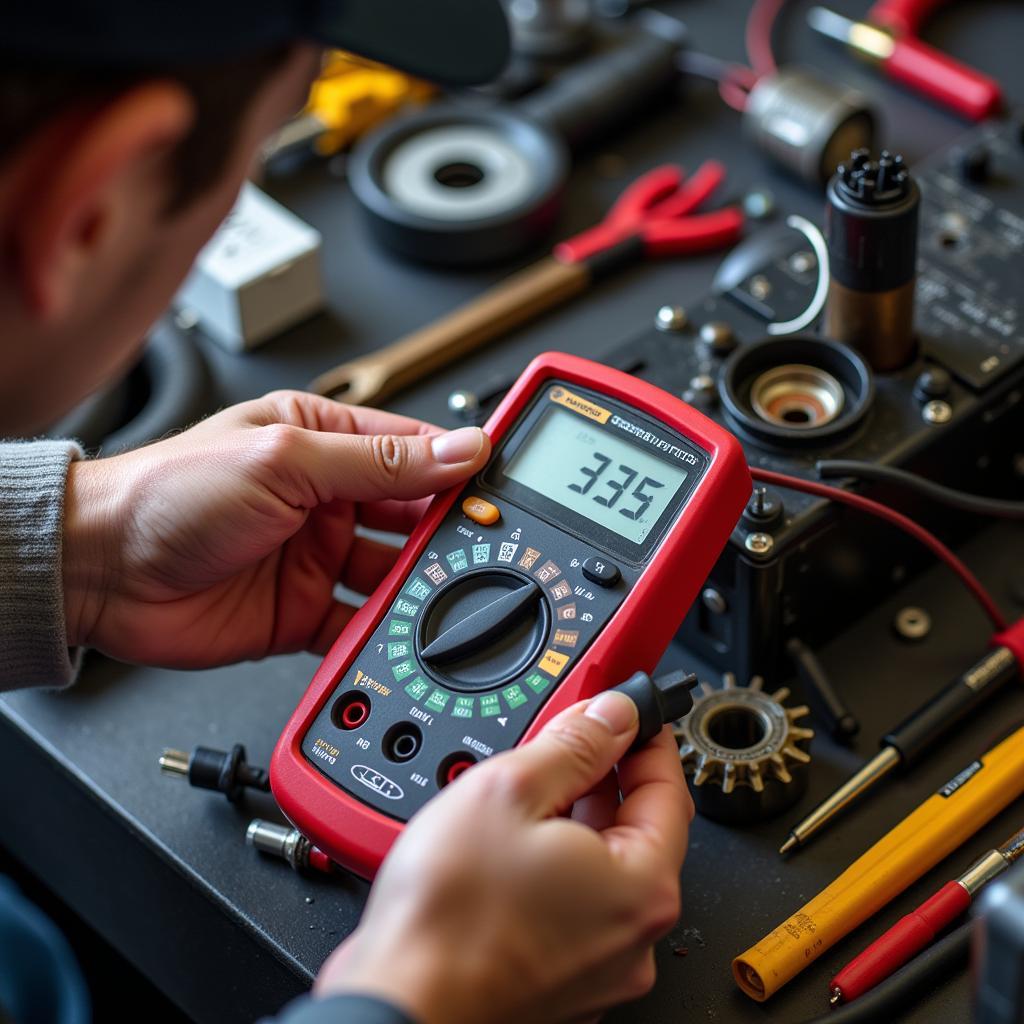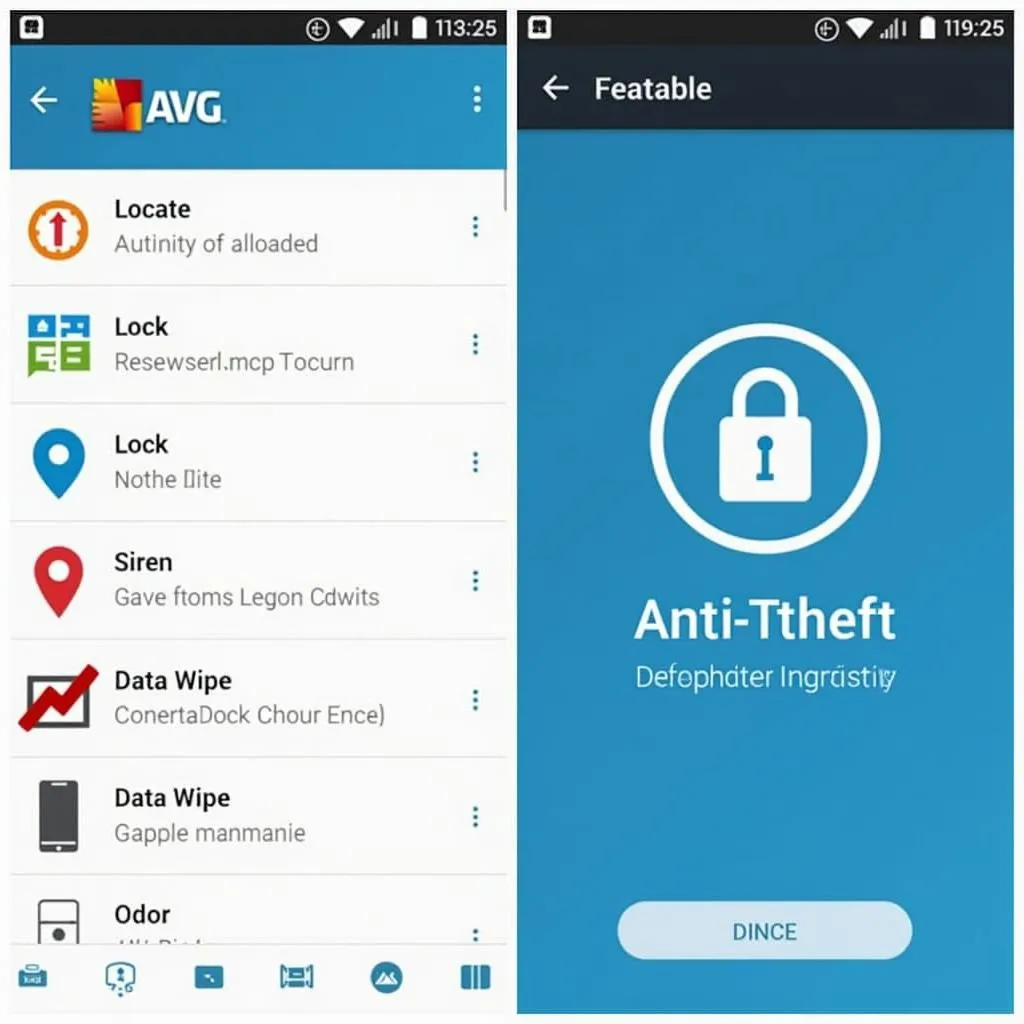Warner Electric brake clutch systems are essential components found in various industrial and automotive applications, providing precise control over motion and stopping power. These electromagnetic devices utilize a coil to generate a magnetic field, which attracts a rotor disc to engage or disengage a mechanism. Despite their robust construction, these systems can experience issues over time, impacting performance and safety.
This comprehensive guide delves into common problems associated with Warner Electric brake clutch systems, equipping you with the knowledge to diagnose and address them effectively.
Common Issues with Warner Electric Brake Clutch Systems
Several factors can contribute to malfunctions within Warner Electric brake clutch systems. Understanding these common issues is crucial for efficient troubleshooting and repair:
- Worn Friction Material: Like traditional brakes, the friction material within a brake clutch system wears down over time. This wear can lead to reduced stopping power, slippage, and overheating.
- Overheating: Excessive heat generated during operation, often due to prolonged engagement or inadequate cooling, can damage the coil insulation, friction material, and other components.
- Electrical Problems: Malfunctions in the electrical system, such as a faulty coil, wiring issues, or a malfunctioning control unit, can disrupt the magnetic field generation, leading to engagement or disengagement problems.
- Mechanical Issues: Physical damage to components, such as the rotor disc, armature, or bearings, can hinder the system’s ability to function correctly, resulting in noise, vibration, or complete failure.
- Adjustment Problems: Improper installation or adjustments can affect the air gap between the coil and rotor disc, leading to inefficient engagement, slippage, and premature wear.
Diagnosing Warner Electric Brake Clutch System Problems
Accurately diagnosing the root cause of a problem is essential for implementing the correct solution. Here’s a step-by-step guide to help you troubleshoot your Warner Electric brake clutch system:
- Visual Inspection: Begin by visually inspecting the system for any signs of physical damage, loose connections, or burnt components. Pay close attention to the coil, wiring, and friction surfaces.
- Check the Power Supply: Ensure the system receives the correct voltage and current. Use a multimeter to test the power supply and ground connections.
- Test the Coil Resistance: Measure the coil resistance using a multimeter. Refer to the manufacturer’s specifications for the acceptable resistance range. A significant deviation from this range might indicate a faulty coil.
- Inspect the Air Gap: Verify the air gap between the rotor disc and the coil meets the manufacturer’s recommendations. You can use a feeler gauge for this measurement.
- Evaluate Engagement and Disengagement: Observe the system’s behavior during engagement and disengagement. Listen for unusual noises, vibrations, or delays that might indicate mechanical or adjustment issues.
 Inspecting a Warner Electric Brake Clutch
Inspecting a Warner Electric Brake Clutch
Remote Diagnostics and Programming Solutions
Advancements in automotive technology have paved the way for remote diagnostics and programming solutions, offering a convenient and efficient way to address Warner Electric brake clutch system issues.
“Remote diagnostics allows us to quickly pinpoint the root cause of a problem, saving valuable time and resources,” says John Miller, a senior automotive electrical engineer specializing in remote diagnostics. “This technology allows us to access and analyze system data remotely, enabling faster and more accurate diagnoses.”
Here’s how remote diagnostics and programming can benefit you:
- Faster Diagnosis: Remote diagnostics can identify issues remotely without the need for a physical inspection, saving you time and effort.
- Reduced Downtime: By quickly identifying the problem, remote diagnostics minimizes downtime, especially crucial for industrial applications.
- Software Updates and Calibration: Remote programming allows for convenient software updates, ensuring optimal system performance and compatibility.
- Cost-Effectiveness: Remote solutions often prove more cost-effective than traditional on-site visits, reducing travel expenses and labor costs.
 Remote Diagnostics in Action
Remote Diagnostics in Action
Maintaining Your Warner Electric Brake Clutch System
Regular maintenance is vital to ensure the longevity and reliability of your Warner Electric brake clutch system:
- Regular Inspections: Perform visual inspections of the system, checking for wear and tear, loose connections, or signs of damage.
- Lubrication: Lubricate moving parts as recommended by the manufacturer to reduce friction and prevent premature wear.
- Cleanliness: Keep the system clean and free from dirt, debris, and contaminants that can interfere with its operation.
- Adjustments: Regularly check and adjust the air gap to maintain optimal engagement and prevent slippage.
“Proactive maintenance is key to preventing costly downtime and extending the lifespan of your Warner Electric brake clutch system,” advises Sarah Thompson, an experienced automotive technician specializing in brake systems. “By following the manufacturer’s recommended maintenance schedule and addressing minor issues promptly, you can significantly reduce the risk of major problems down the line.”
Conclusion
Understanding the intricacies of your Warner Electric brake clutch system empowers you to troubleshoot and address issues effectively. By following the diagnostic steps outlined in this guide, utilizing remote diagnostic tools when available, and adhering to a regular maintenance schedule, you can ensure the optimal performance, reliability, and longevity of your system. Remember, a well-maintained brake clutch system contributes to the safety and efficiency of your operations.
FAQ
1. How often should I replace the friction material in my Warner Electric brake clutch?
The lifespan of the friction material depends on usage, operating conditions, and the specific model. Refer to the manufacturer’s recommendations for replacement intervals.
2. Can I use any type of lubricant on my Warner Electric brake clutch system?
No, using the wrong type of lubricant can damage the system. Always consult the manufacturer’s recommendations for suitable lubricants.
3. What should I do if my Warner Electric brake clutch system overheats?
If the system overheats, discontinue use immediately and allow it to cool down. Investigate the potential causes, such as prolonged engagement, insufficient cooling, or excessive load.
4. Can I repair a faulty coil myself?
While it’s possible to replace a faulty coil, it’s recommended to consult a qualified technician for proper diagnosis and repair to avoid further damage.
5. What are the benefits of using remote diagnostics for my Warner Electric brake clutch system?
Remote diagnostics can save you time and money by quickly identifying the issue, minimizing downtime, and allowing for remote software updates and calibration.

